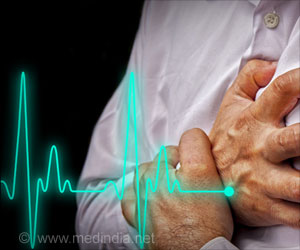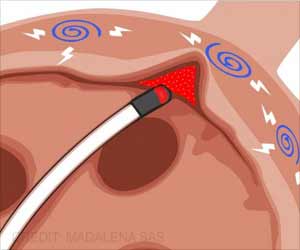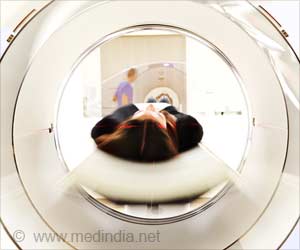Enhanced Electrophysiology Visualization and Interaction System (ĒLVIS) provided holograms that improved the physicians accuracy during a procedure to treat irregular heartbeat.

‘Enhanced Electrophysiology Visualization and Interaction System (ĒLVIS) shows holograms that helped improve physicians accuracy during cardiac procedures. Technology could reduce the need for repeat procedures.’
Read More..




In an ablation procedure using existing technology, known as electroanatomic mapping system (EAMS), a technician controls the catheters while the physician views the images on monitors presented in two different planes. The physician then has to mentally create the image of the heart. Jennifer Silva, also director of pediatric electrophysiology at St. Louis Children's Hospital, said that standard-of-care technology is antiquated, and the team believed it could do better.Read More..
Jon Silva and his team of engineers created software for the Microsoft HoloLens headset that converts the data from the catheters fed into the patient's heart into a geometrical holographic image that hovers over the patient. The headset, which weighs roughly a pound, allows the physician to take control of the procedure by using his or her gaze to guide the controls and to keep hands free and sterile. Their system, Enhanced Electrophysiology Visualization and Interaction System (ĒLVIS), provides a 3D digital image of the patient's electroanatomic maps that provide a picture of the inside of the heart, which they can measure and manipulate during the procedure.
Jon Silva said that the technology has caught up with the application. The headset allows the user to view his or her whole environment, including the patient, unlike virtual reality, which take a user completely out of his or her environment.
"The old headsets were slow to update and made the users sick," he said. "The development of mobile phones and mobile technology and computer has enabled these kinds of displays and headsets."
To test the device, two physicians at St. Louis Children's Hospital received a short training session on the device before using it on a total of 16 pediatric patients. During a post-procedure waiting phase, the physicians were given 60 seconds to navigate to each of five target markers within the geometry of the heart, using both the 3D ĒLVIS and the 2D EAMS technology. The physicians were significantly more accurate with the ĒLVIS technology.
Advertisement
Jennifer Silva said the team learned a lot from taking something from the lab to nearly market-ready.
Advertisement
Source-Eurekalert











